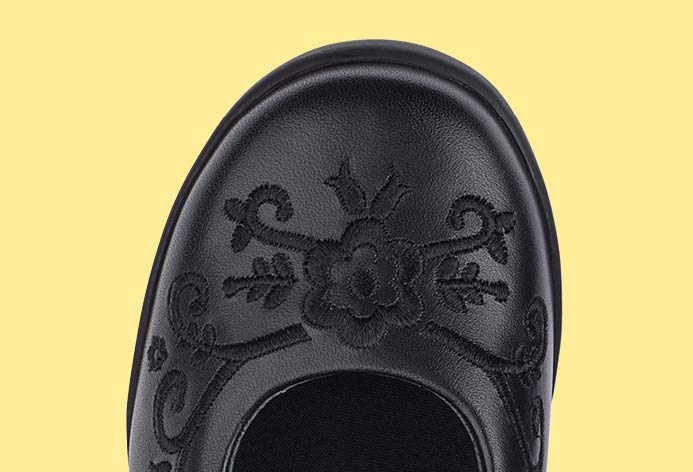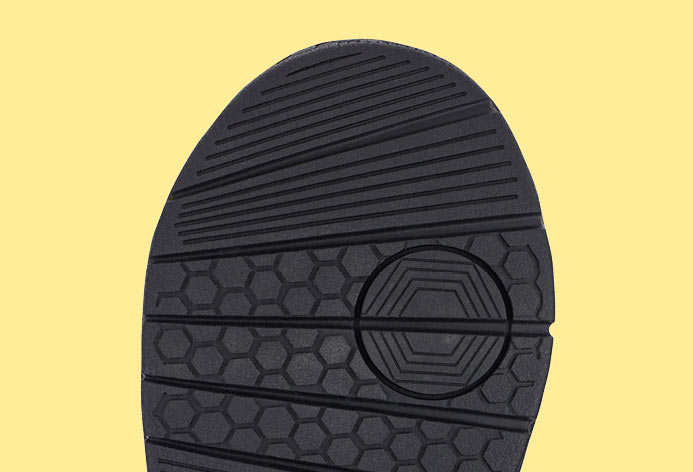Experts in the way children move
Start-Rite is proud to partner The Daily Mile Foundation to bring our expertise in caring for children’s feet and manufacturing school shoes to The Daily Mile initiative. Our shared knowledge and research will help us support schools, parents and teachers in improving children’s health and wellbeing. Read more about The Daily Mile.














